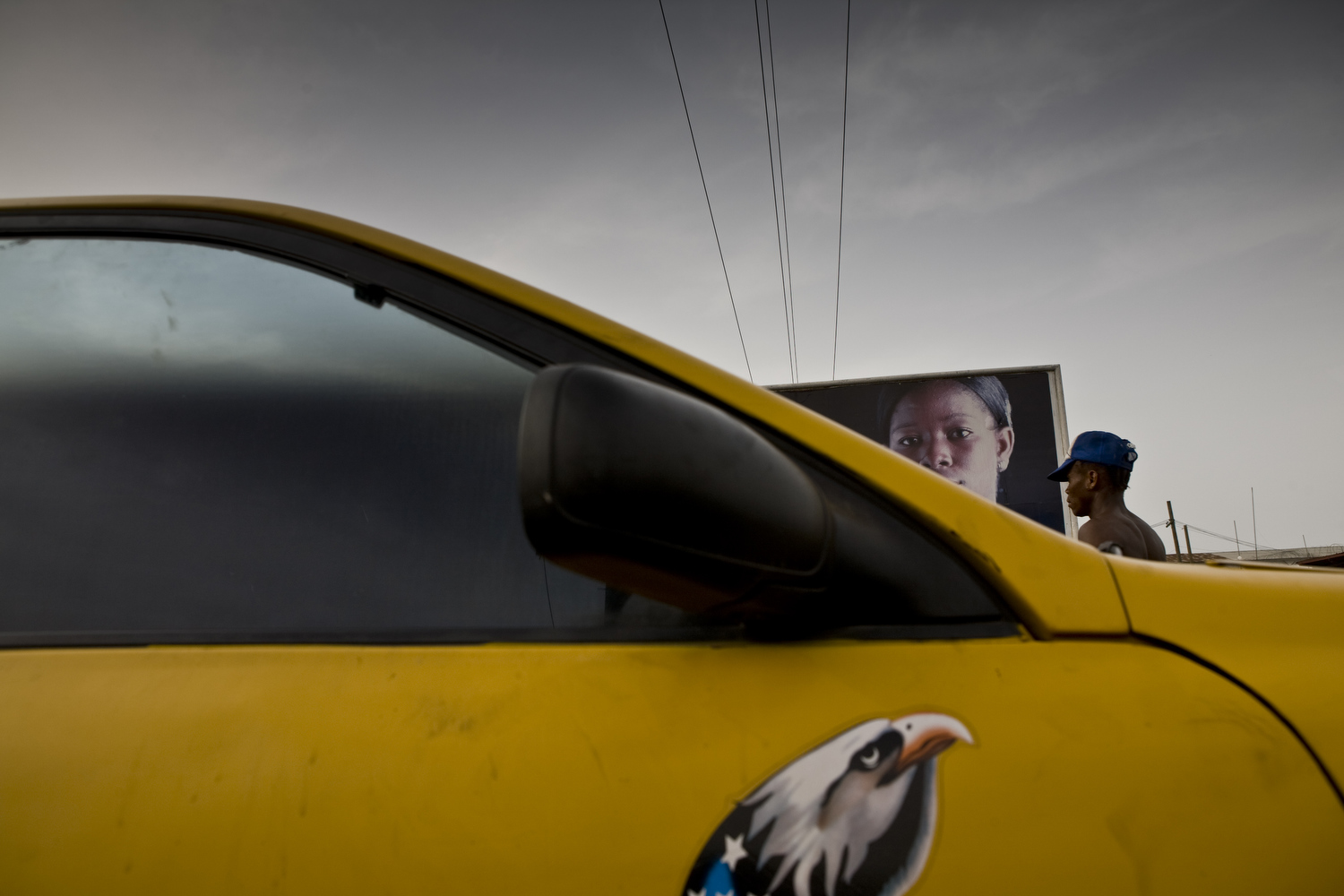
Like much of West Africa, Liberia is a country of dark, heavy skies emerging from bloody civil war. But like everywhere else in West Africa, there’s also much more to the place — elements that make it unlike any other. A street friendliness that all but snuffs out Monrovia’s reputation for street violence. A patois that is both thuggish and warm. Strange points of excellence, like an ambition to become the first biomass-powered country in the world or the proud possession of some of the world’s best surfing breaks.
Liberia’s history is particularly arresting. The country was created in the 1820s by former American slaves shipped back to Africa by philanthropists who purchased their freedom — hence Liberia — only to watch their freed charges, dressed in top hats and hoop skirts, exploit the local population. It’s a tale that holds some hard lessons about human nature, and charity, and has divided the country between locals and Americos ever since. After more than a century of oppression, in 1989, the indigenous population staged a coup that led to two civil wars, the second of which ended in 2003. The fighting displaced a third of the country and left 200,000 dead. In a country of just 3 million, no one was untouched.
Glenna Gordon has been documenting Liberia since 2009. She made her latest collection of images during the run-up and aftermath of last October’s general election. In the images, she tries to present “a wider view of Liberia as neither a place filled with mythically strong women led by the cult of President Ellen Johnson Sirleaf,” who won the Nobel Peace Prize days before the poll and is due to be inaugurated for a second term today, “nor merely a post-civil-war success/failure story.”
Johnson Sirleaf’s opponent was Winston Tubman, the nephew of the former President William Tubman, himself a grandson of a former American slave. During his nearly three decades in power, from 1944 to ’71, William Tubman ushered in massive foreign investment. One of the things Gordon examines most closely is America’s historical, cultural and economic legacy in Liberia. “I seek out signs of a time before the conflict — remnants of the past that are easy to romanticize today,” Gordon says. “I seek traces of war wounds — psychological and physical — and examine the improvisations used to hide the pain … and embrace the present.”
Gordon has been photographing and writing about Africa for various publications since 2006, including TIME. You can see more of her work on her website and blog.
Perry is TIME‘s Africa bureau chief. His latest book Lifeblood: How to Change the World, One Dead Mosquito at a Time was published in September.
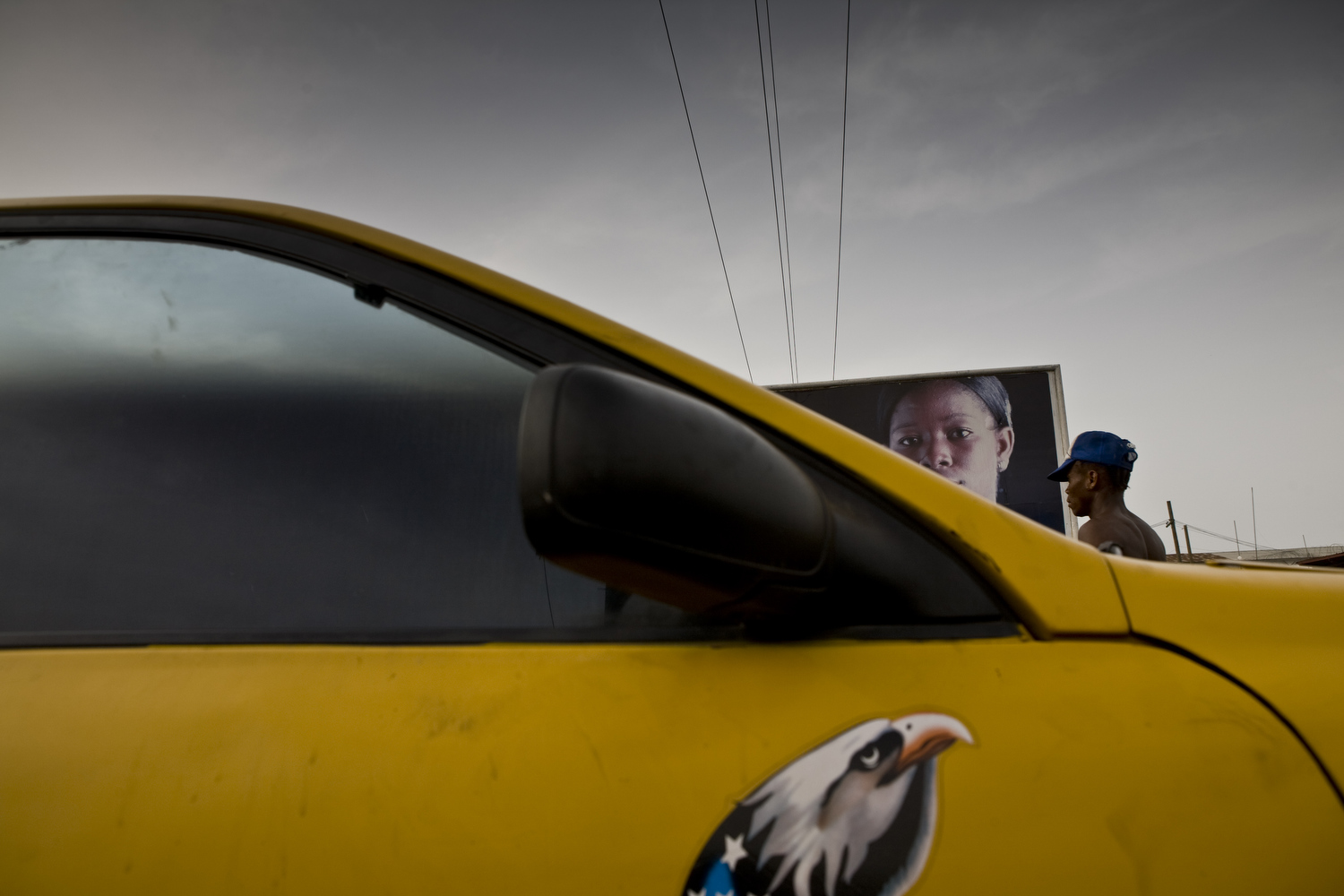

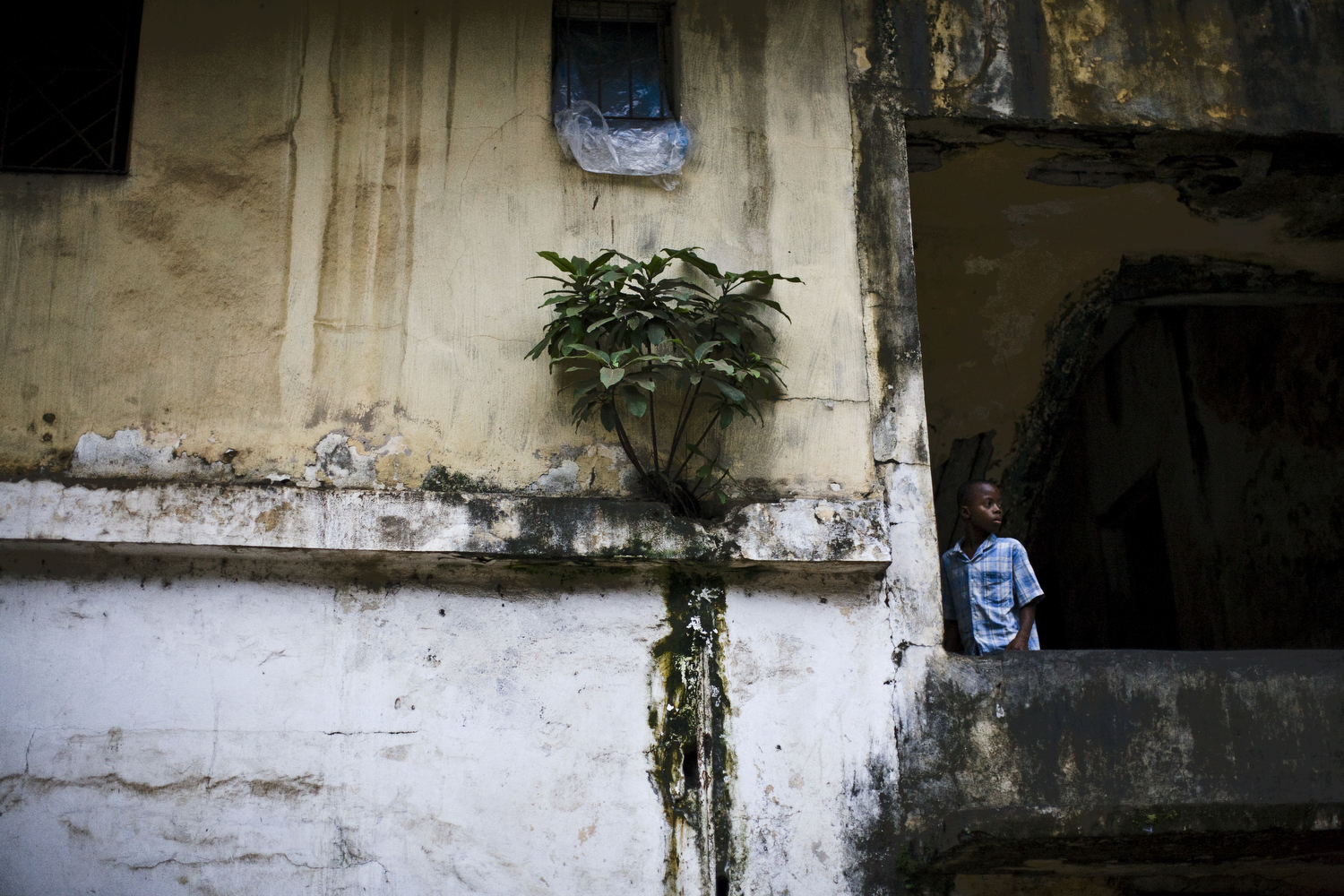
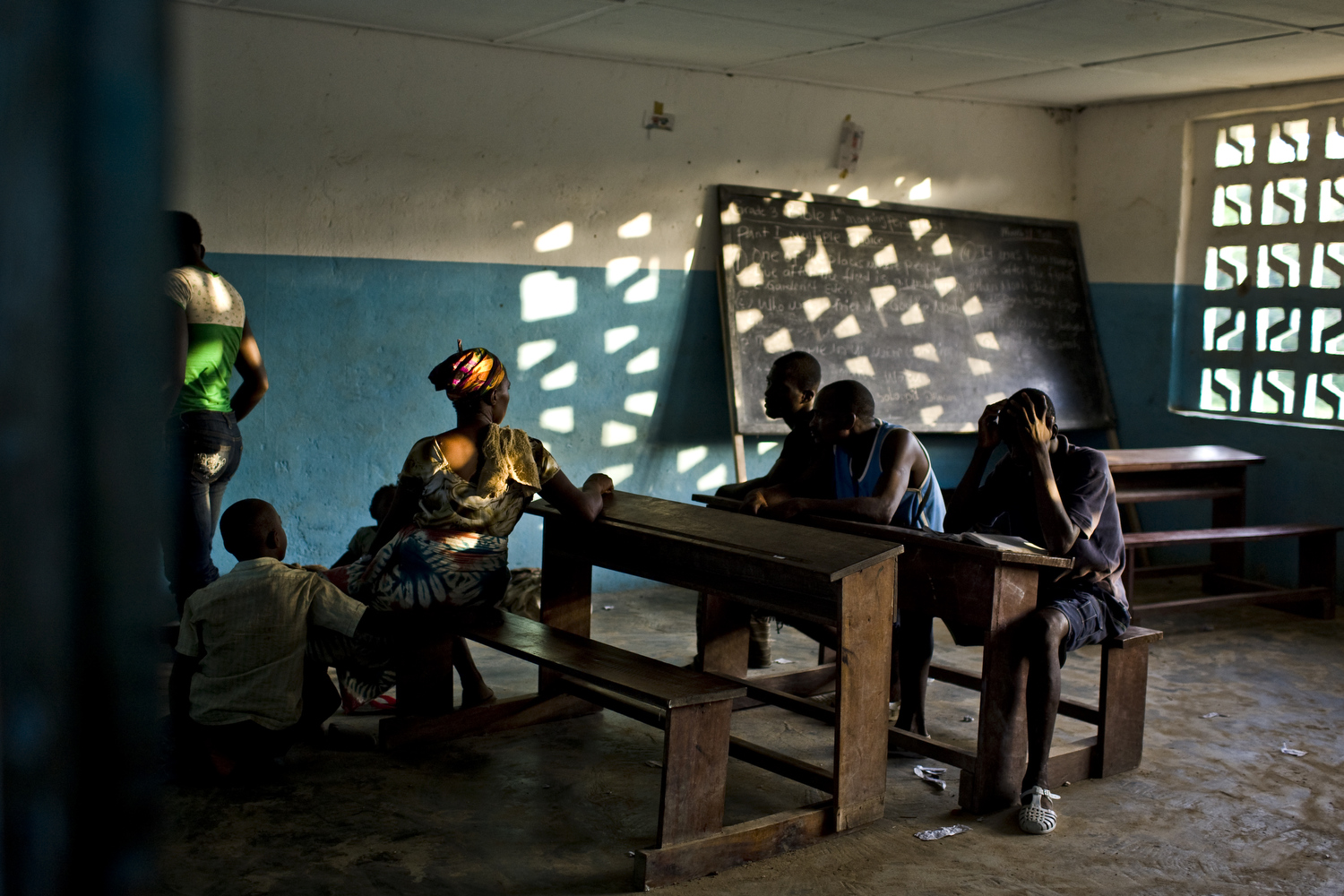
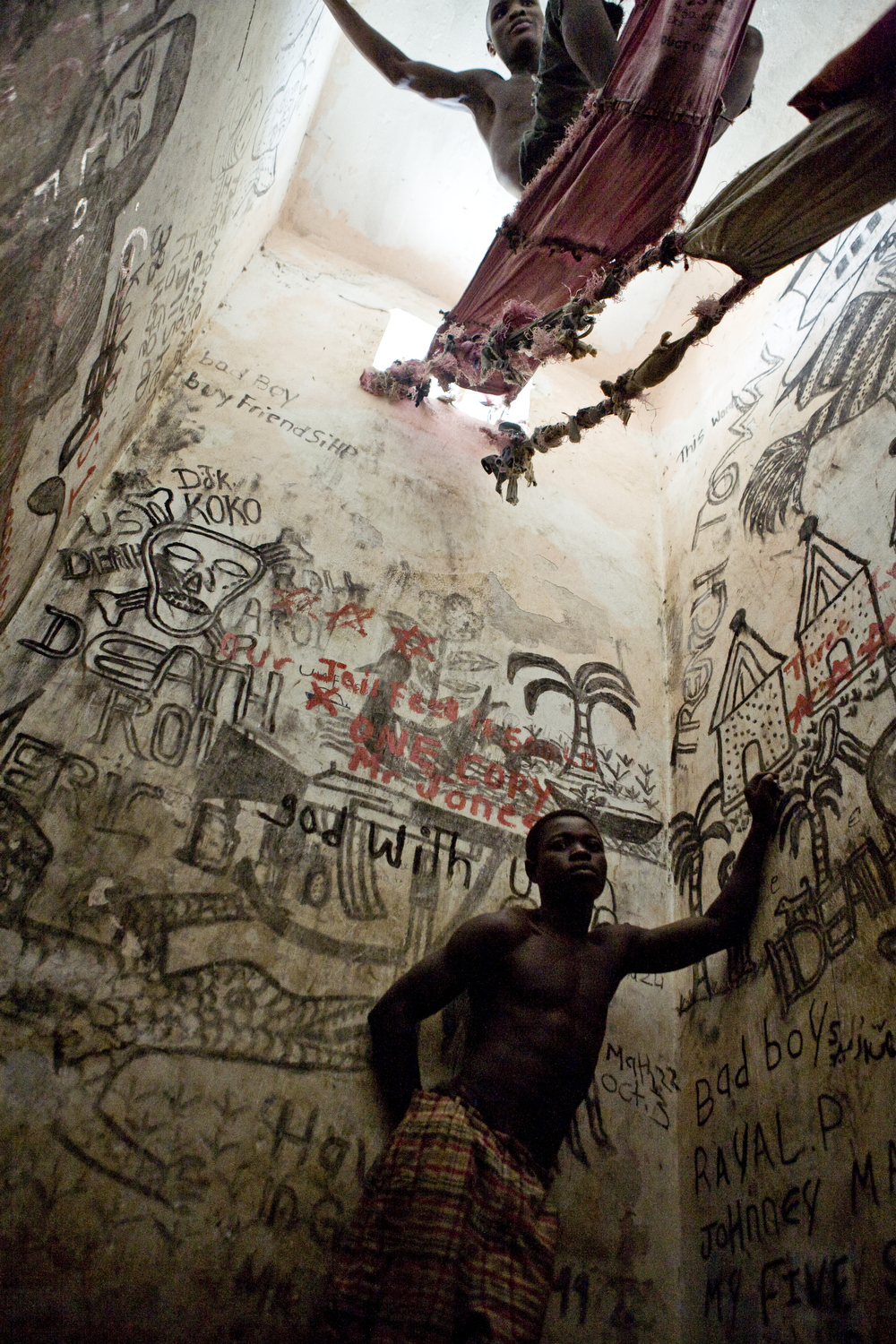
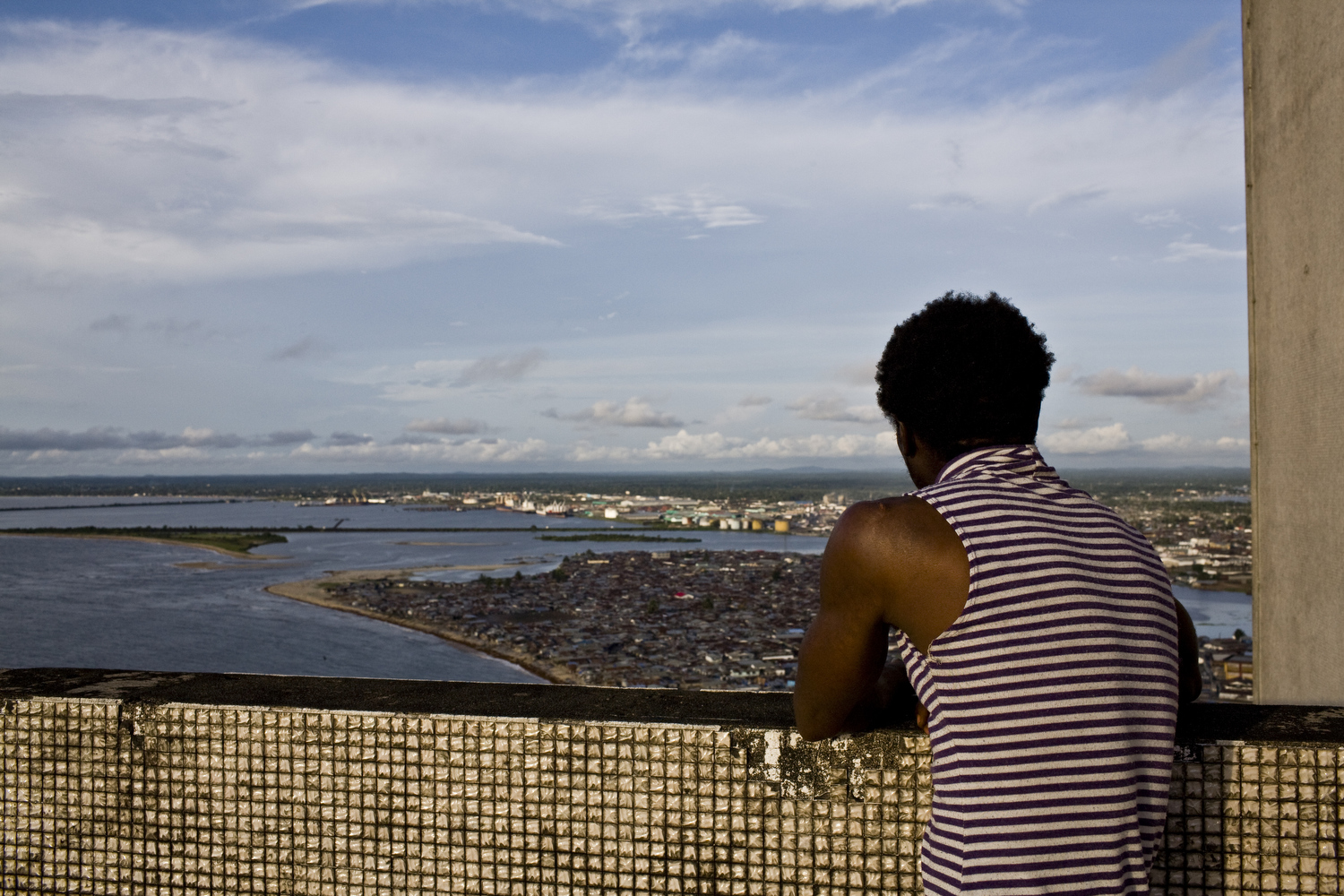

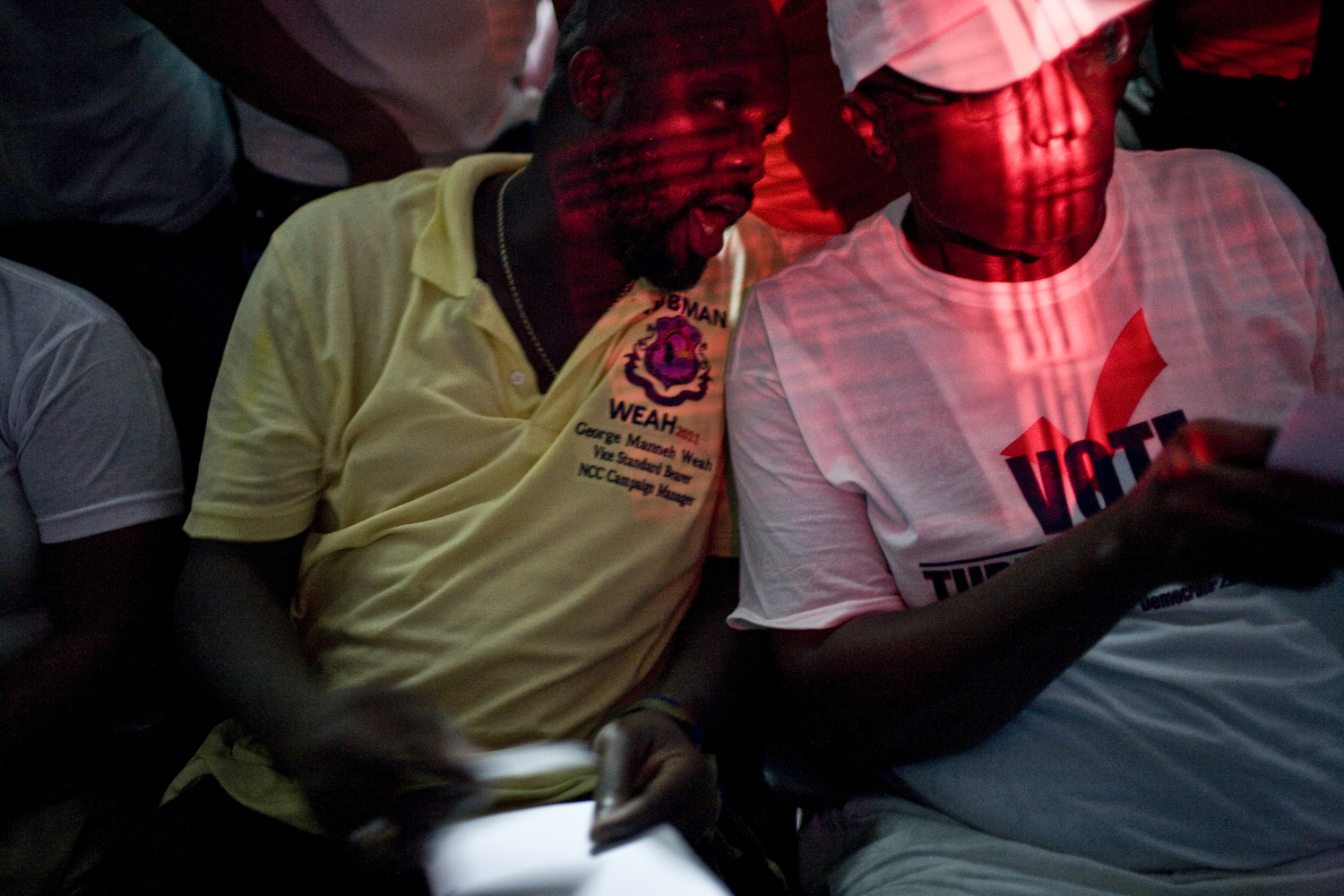
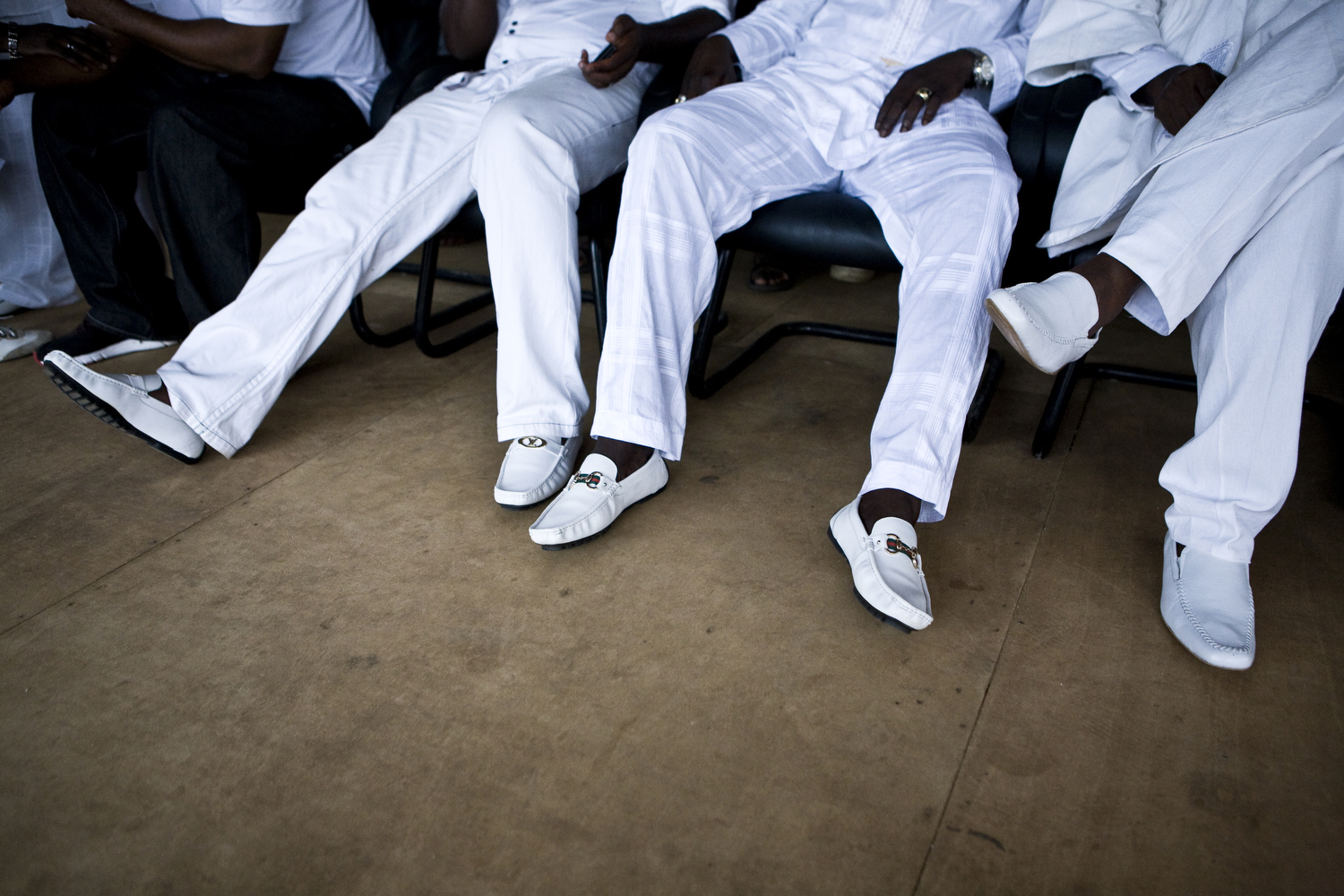



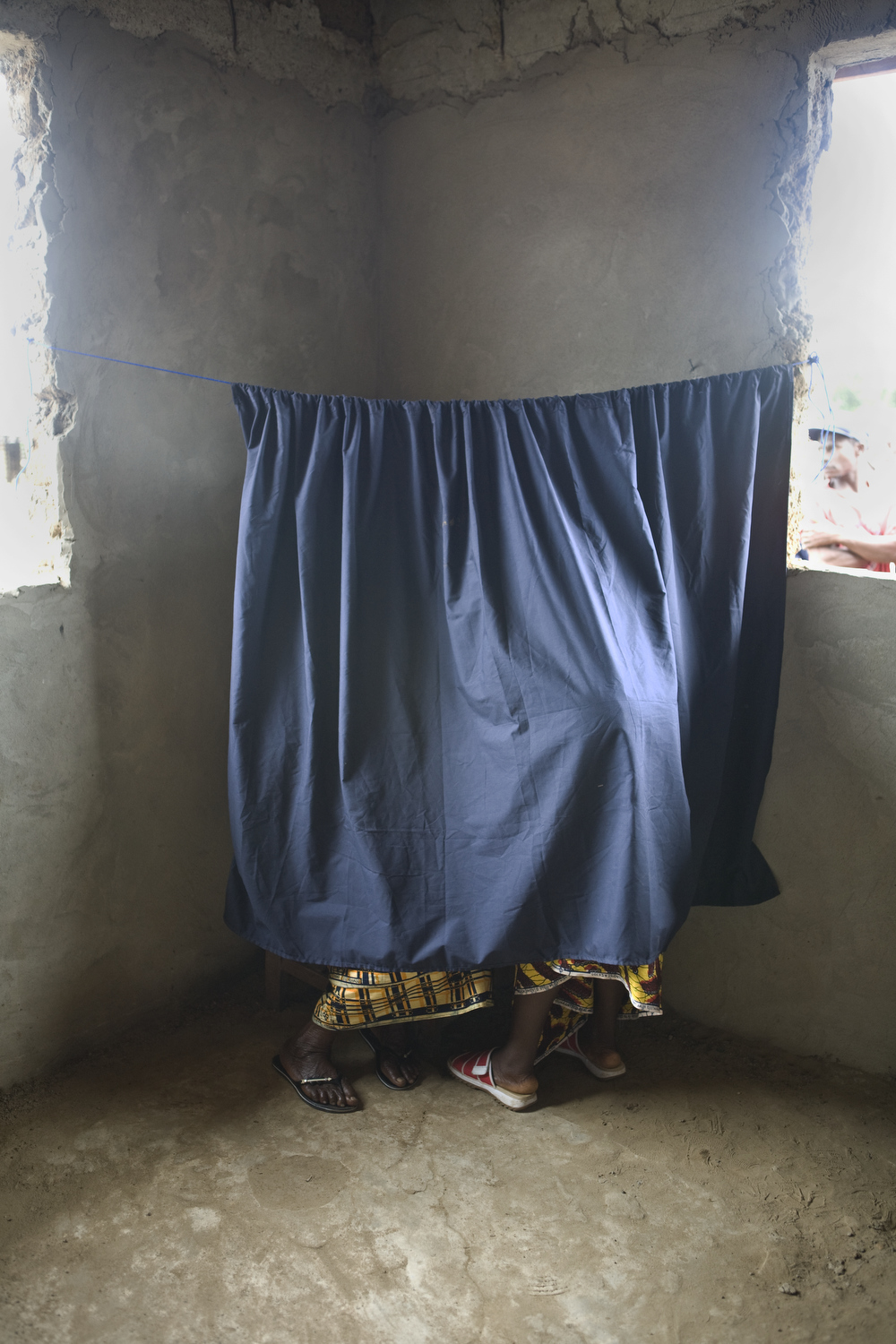
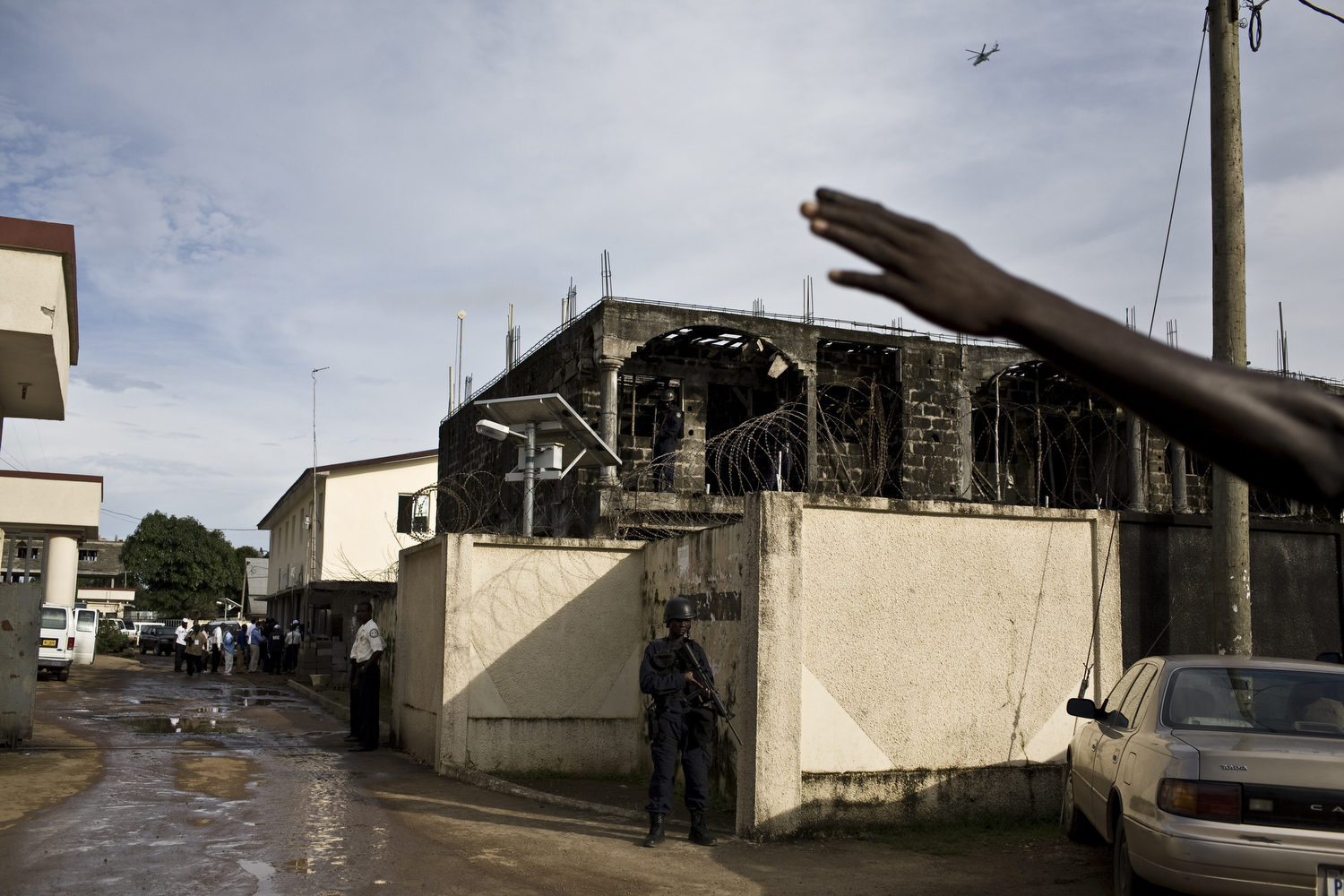

More Must-Reads from TIME
- Cybersecurity Experts Are Sounding the Alarm on DOGE
- Meet the 2025 Women of the Year
- The Harsh Truth About Disability Inclusion
- Why Do More Young Adults Have Cancer?
- Colman Domingo Leads With Radical Love
- How to Get Better at Doing Things Alone
- Michelle Zauner Stares Down the Darkness
Contact us at letters@time.com